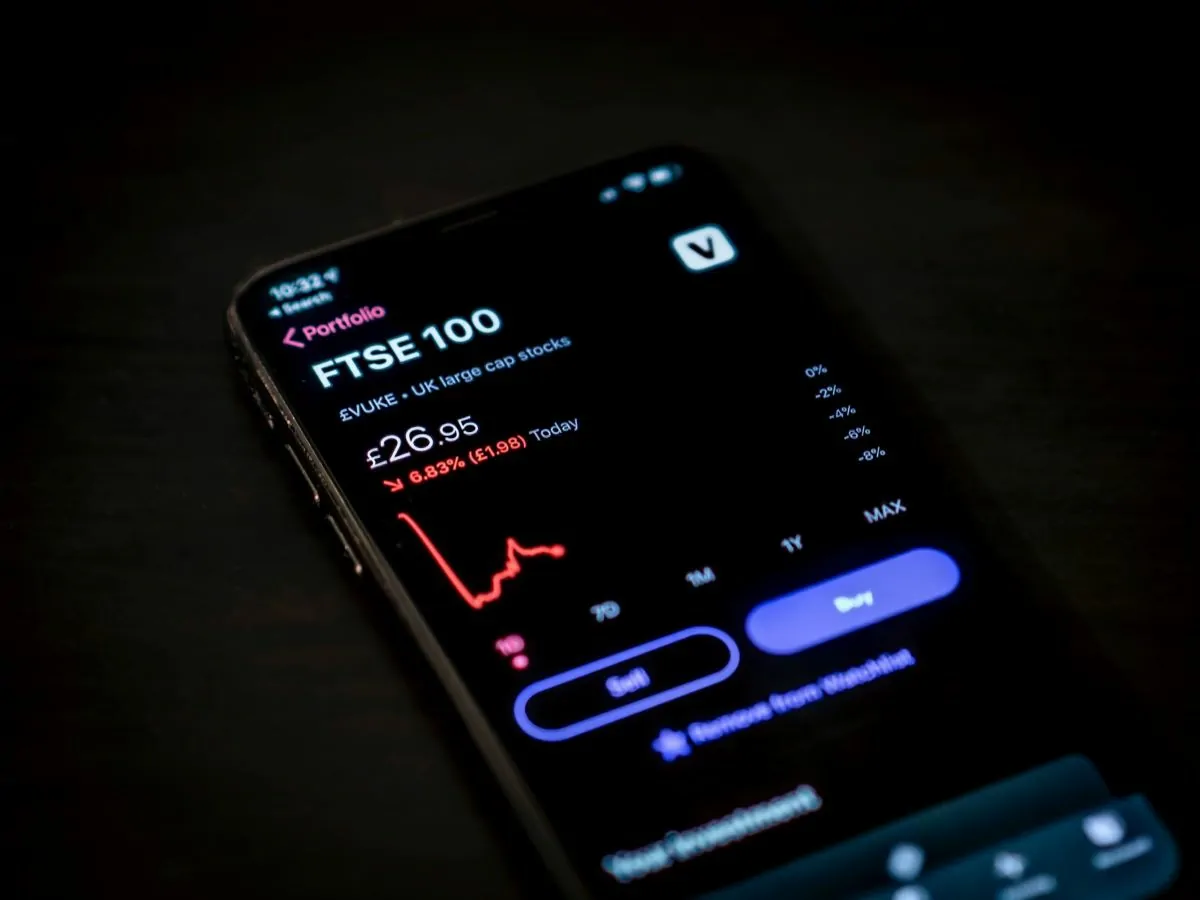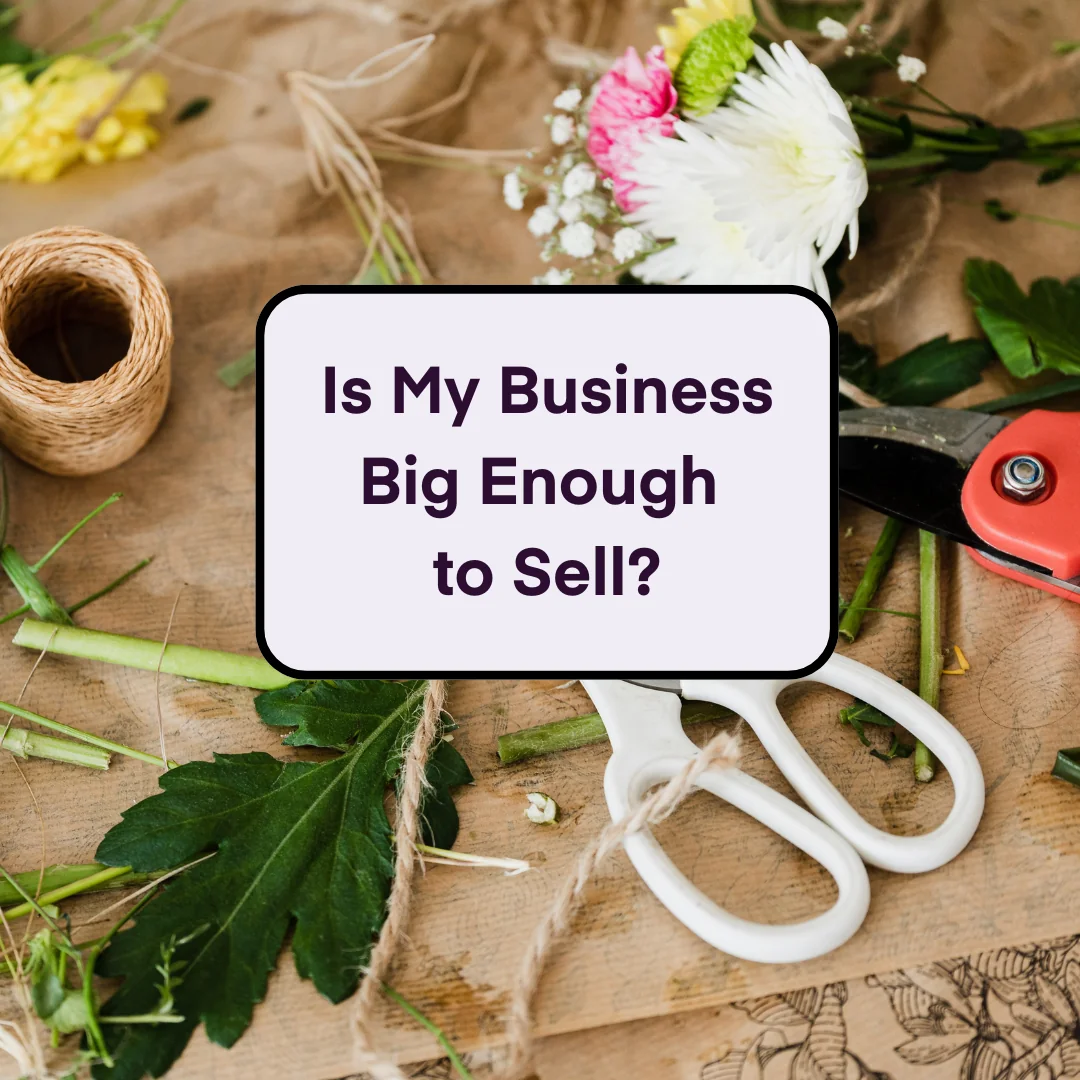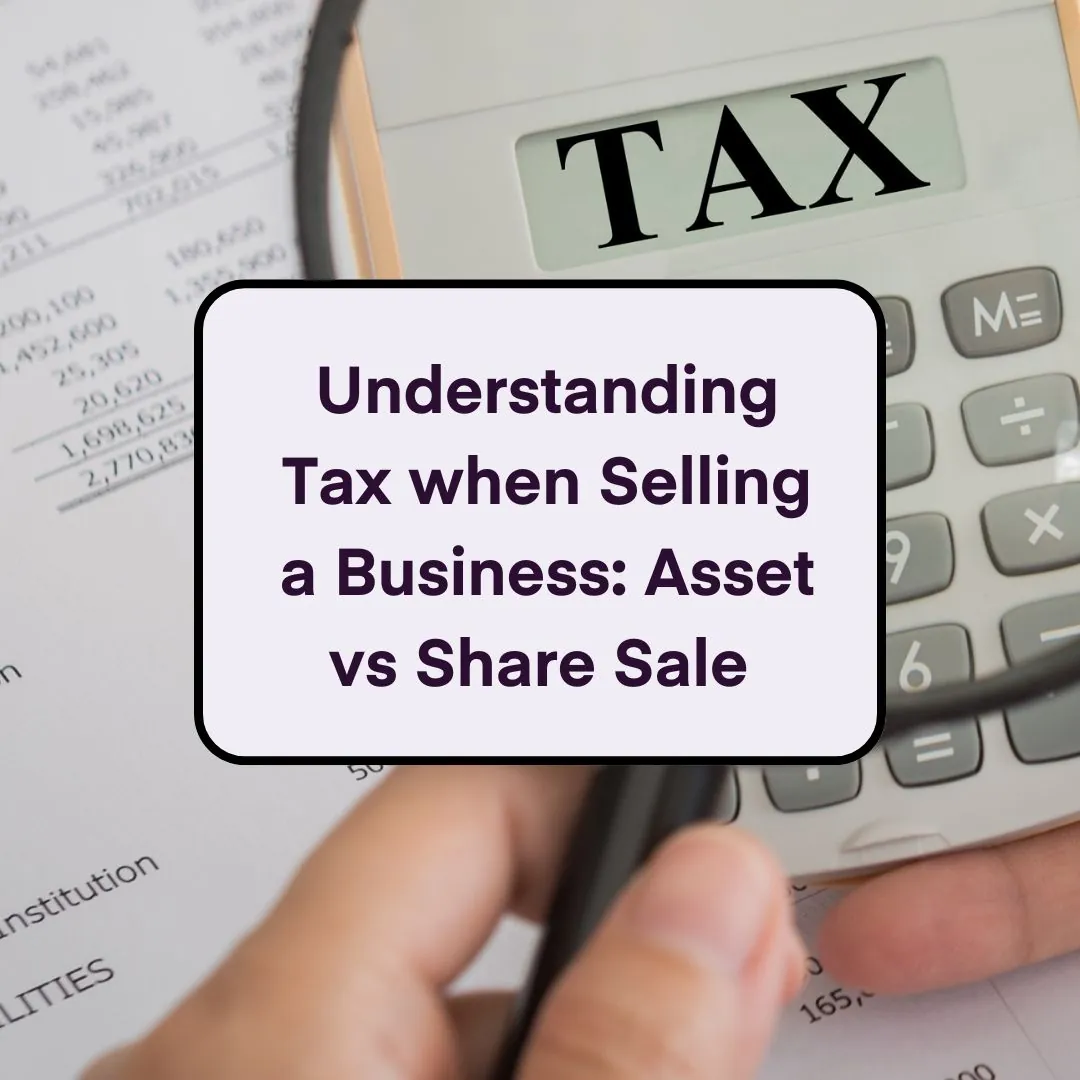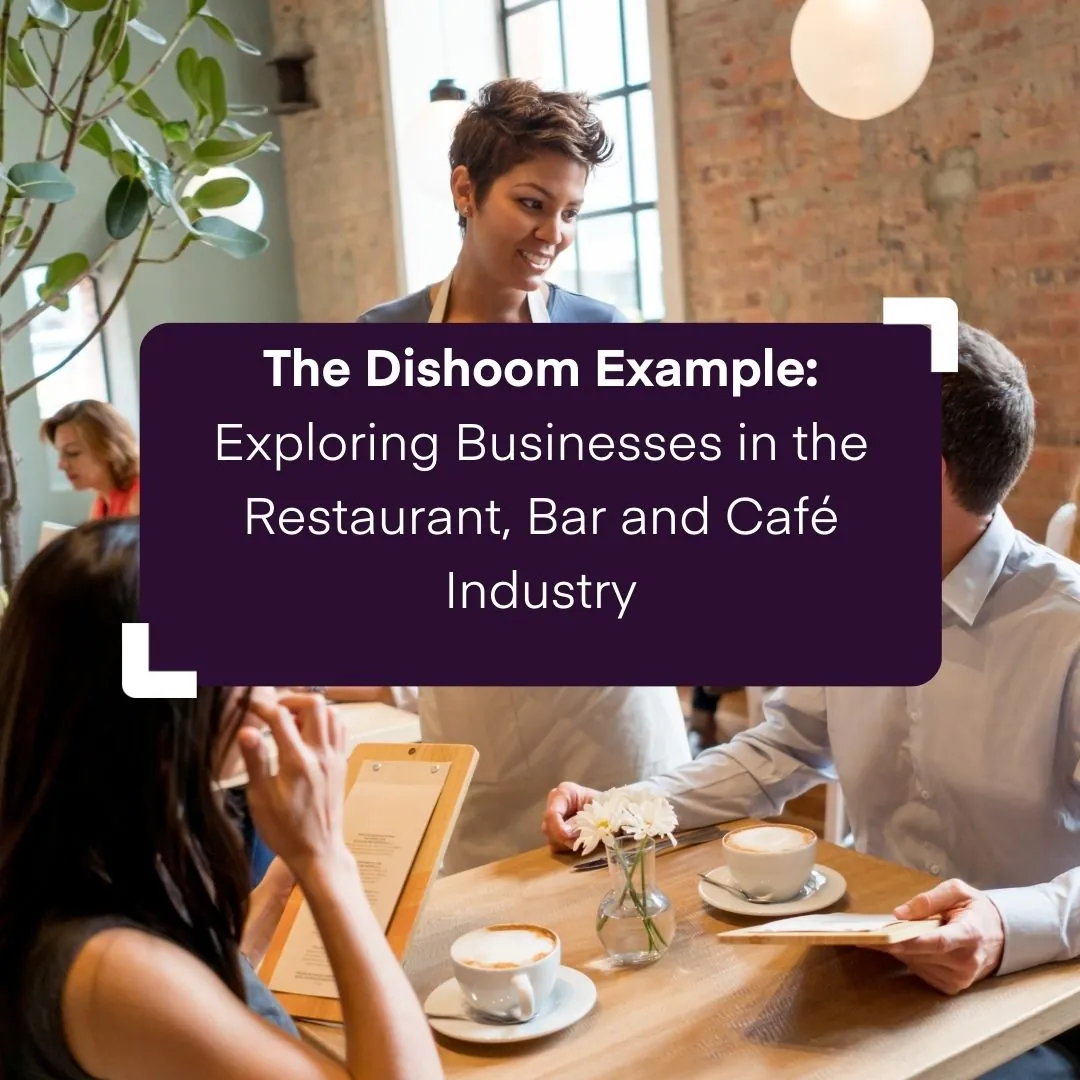
Let’s Get Physical: Brick-and-Mortar can compete with E-Commerce
23 Jul 2018As technology continues to alter the business world in a single fell swoop, it seems part and parcel of the digital revolution that the topic of rising online sales worms its way into the majority of conversations.
With the popularity of e-commerce comes a further topic for conversation and debate - the death of brick-and-mortar stores.
In this digital day and age, that opinion doesn't seem misplaced, but are the e-commerce faithful actually correct?
On the face of it, there is some validity to their arguments, but the truth is brick-and-mortar stores aren’t going to dissipate if they are able to adapt.
In order for brick-and-mortar businesses to keep their footing, there are adaptations they can make to stay strong in their market, identify value-adding opportunities only physical stores can offer the ever-sophisticated consumer, and ultimately, beat their online-only competition to the buyer.
As a small business accountant, we have a huge wealth of experience when it comes to helping businesses grow. In the past, our team has helped physical stores to realise their full potential and get ahead of their online competition.
Get in touch with our team of accountants to see how we can help.
Get in on the party
It may come as a surprise to many, but online sales only accounted for 8.1% of total retail sales in 2016, despite the fact that this figure is projected to grow with the coming years.
But what does that mean for brick-and-mortar stores?
Firstly, it means they currently hold a lot more economic power, but they are losing traction quickly. To counteract this, brick-and-mortar stores need to enter the online battleground that is e-commerce.
As it stands, only 28% of small businesses are using the internet to sell their products.
That means the majority of small businesses aren’t capitalising on the power of internet sales, and as the popularity of e-commerce continues to swell, these same businesses will find their competitive edge becoming increasingly limited, to the point that the majority of their sales will most likely be from their local area.
You can continue to run your brick-and-mortar store while diversifying your business’ revenue streams by incorporating aspects like dropshipping where the company doesn’t have to hold inventory, and you can still participate in the e-commerce marketplace by selling products that are in adjacent product lines.
The limits of a physical location start to melt away when you supplement your brick-and-mortar operations with the limitless potential of the internet.

Unique opportunity to add value
When customers buy online, they typically have to pay extra for shipping. To offset this, some companies offer special deals or free shipping when the value of a purchase meets a certain threshold.
Bricks-and-mortar stores can also play to their strengths by offering customers unique experiences that they wouldn’t get when shopping online, such as in-store exclusives, invites to engaging events or perks that offer convenience to the customer.
Local pickup
Local pickup is a great way to get people to buy your products online.
Research has shown the option to pay for a product and pick it up from a local location helps 44% of consumers make a purchasing decision. And this benefits brick-and-mortar because it gets the customer in the door, where you have another opportunity to sell to them.
Argos is a great example of this.
When purchasing from their website there is the option to not only pick up your product at your nearest Argos outlet, but if that isn’t convenient enough they have teamed up with Sainsbury’s to offer collection from your local supermarket in the event the buyer doesn’t live near any Argos store.
In-store deals
Offering a better deal in-store could be a double-edged sword, but it can drive traffic to brick-and-mortar stores and creates an opportunity to engage with customers in a more meaningful way.
The fact of the matter is, people feel they can find the best deals online, and will often forego visiting a store for this reason alone. Giving them an incentive to make the trip can increase foot traffic.
Price matching either to your own online deals or your competitor’s prices will keep price-conscious customers from shopping elsewhere.
Knowing that they can count on getting the best price available from one company gives the shopper confidence to not look elsewhere and creates brand loyalty.
Currys takes advantage of this strategy and implemented it to combat e-commerce competition by matching prices in store with their e-commerce counterparts.
Sync online and offline strategies
At the end of the day, you want to sync your efforts online and in-store.
If you are offering a discount online, make sure it’s happening in the store, too. If a customer sees the product for sale online, but you won’t match the price in-store, or vice-versa, you are missing an opportunity to create a lasting client relationship.
Creating a consistent and helpful environment for customers is key. All it takes is one poor customer service experience to make a bad impression that a client will always remember.
There are plenty of ways that brick-and-mortar stores can maintain their share of the business and combat the growing e-commerce trend while joining in on the growth instead of falling prey to its projected success.




















